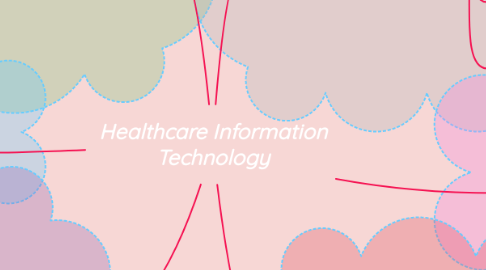Healthcare Information Technology
作者:Amanda Brown

1. Electronic Perscribing
1.1. Prescriptions are now recorded electronically and in one centralized location so comparisons can be made and drug interactions can be easily seen.
1.2. Less called in prescriptions being lost or not understood via voicemails at pharmacies.
1.3. Less paper prescription pads being used/stolen
1.4. This technology allows physicians and other medical professionals to write and send prescriptions to a participating pharmacy electronically instead of using handwritten or faxed notes.
2. Patient Portal
2.1. Allows for patients to be actively involved in their own care and gives them access to current treatments and medications.
2.2. Messages can be sent back and forth between providers and patients rather than leaving messages and waiting for returned phone calls
3. Computerized Disease Registries
3.1. Tool used to track the clinical care and outcomes of a defined patient population.
3.2. Support care management for groups of patients with one or more chronic diseases such as diabetes, cancer, or coronary artery disease.
3.3. Keeps a comprehensive registry and information on types of disease, treatments, and outcomes for possible studies and protocols
4. Electronic Medical Record Systems (EMR, EHR, PHR)
4.1. Documents patients medical history, tracks data over time,identifies patients for visits and screenings, monitors patients against health related parameters, improvement of overall care.
4.2. Real-time, patient centered records that make information available instantly and securely to authorized users.
4.3. Gives providers access to evidence based tools they can use to make decisions about a patients care.
4.4. Easy communication between multiple providers who may be treating the same patients
5. Mobile Health Apps (TeleHeatlth)
5.1. Allows patients access to doctors for minor health issues instead of making appointments and possibly acquiring more illnesses due to being in a doctors office.
5.2. provides patients with medication information and other preventive healthcare information.
5.3. Ease of follow up care when no exam is needed
6. Patient Billing
6.1. Automates processing and sending payments with more efficiency.
6.2. Allows patients to access and pay their bills from home without having to drive to offices/hospitals.
6.3. Easier coding and assembling medical claims


